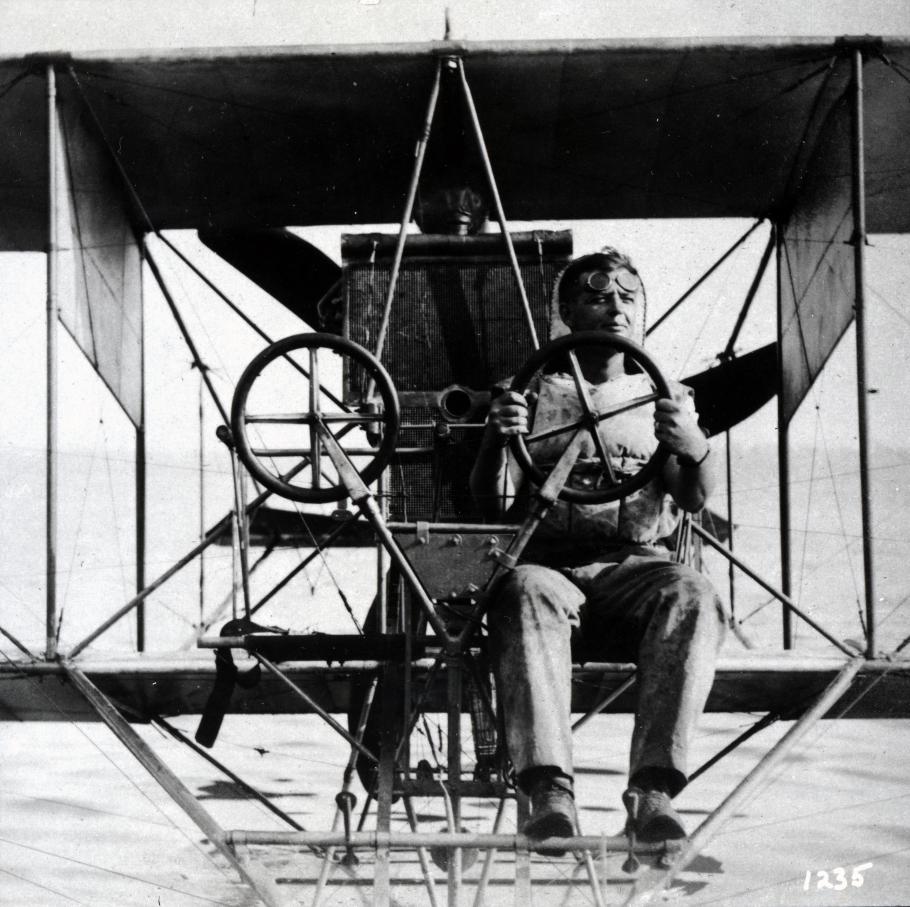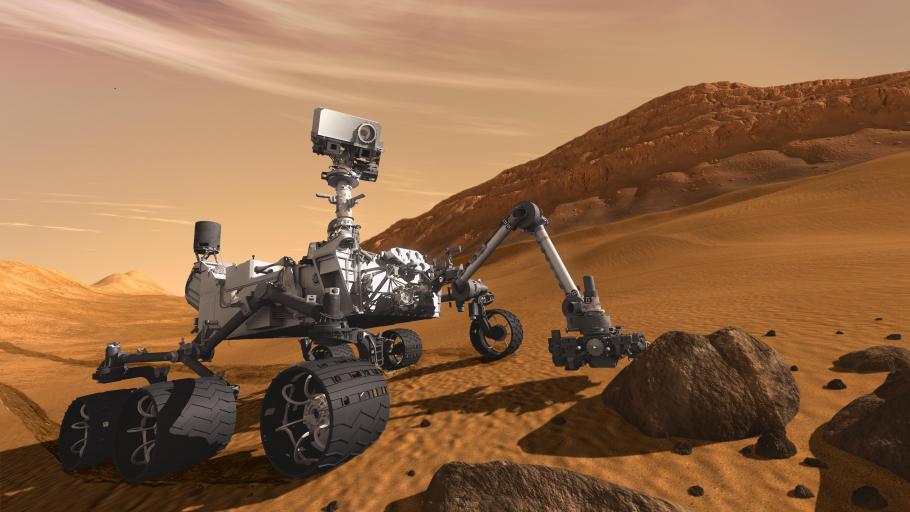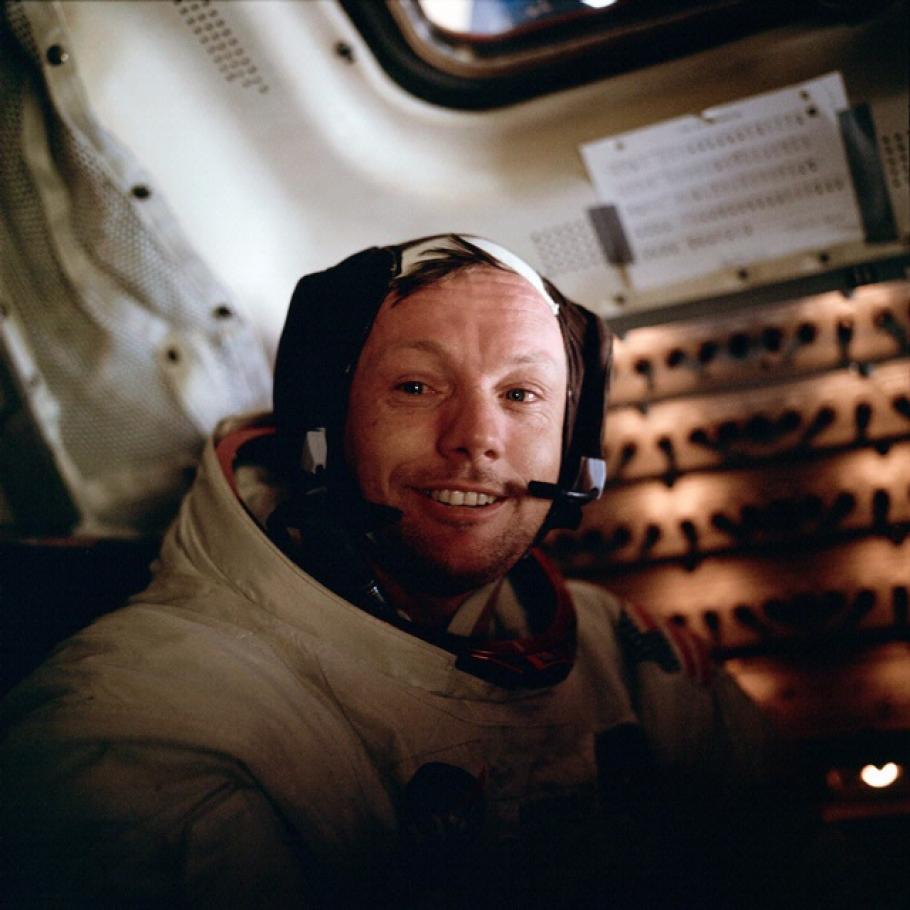No question 2012 will be remembered as a simultaneously joyous and tumultuous year, certainly in politics but also in air and space. As a retrospective of the year just gone, here are my five most significant events in air and space. Like all such lists, it is idiosyncratic and I recognize that others might choose different events. I list them in order of their occurrence—not according to their significance—during the year, along with my reason for including them on this list. Comments are most welcome from others concerning other events that might find their way into this discussion of 2012 in air and space.
- A century of U.S. Marine Corps aviation (May 22, 1912). One hundred years ago, on May 22, 1912, the first Marine Corps aviator, First Lieutenant Alfred A. Cunningham, began the effort to create a flying corps for the Marines. He took flight at the Burgess and Curtiss aircraft factory at Marblehead, Massachusetts, in August 1912. During the year that followed Cunningham made 400 sorties in the Curtiss Model B-1, instructing others, and working through tactics of air operations. From that modest beginning the Marine Corps built a formidable flying force that has engaged in combat as needed throughout the world.
Lt. Alfred A. Cunningham in a Curtiss hydroaeroplane in 1914. Cunningham was Naval Aviator No. 5 and as the first Marine aviator, is considered the father of Marine Aviation. Source: www.marines.mil - Landing of Curiosity rover on Mars (August 6, 2012). There was nothing magic about it, but the event itself transcended the hard-edged scientific and technological knowledge that made the latest Mars landing successful. After years of hard work and dedication, the team working on Mars Curiosity had their moment of truth about 1:30 a.m. EDT on August 6. The first data back demonstrated that the rover has reached the surface of the red planet safely, and the first images to reach Earth showed where Curiosity was sitting on the Gale Crater floor. It was euphoric,…at mission control, around NASA, in numerous science centers, and in Times Square where thousands gathered to watch the proceedings. It was a geek’s dream come true as the folks in Times Square watching on the big screen began chanting “sci-ence, sci-ence, sci-ence.” Of course, at year’s end there was still more to do—a lot more—as Mars Curiosity undertakes its multi-year mission to explore the Gale Crater and to climb Mt. Sharp in its center. Curiosity brings to the red planet’s surface a formidable life sciences laboratory that may well help us resolve beyond serious question whether or not life ever existed on Mars. This rover is the first full-scale astrobiology mission to Mars since the Viking landers of 1976. The mission is intended to help NASA answer this massively large question: Are there locations on or under the surface that could have supported—or might still support—life on Mars?
This artist concept features NASA's Mars Science Laboratory Curiosity rover, a mobile robot for investigating Mars' past or present ability to sustain microbial life. Curiosity is being tested in preparation for launch in the fall of 2011. In this picture, the rover examines a rock on Mars with a set of tools at the end of the rover's arm, which extends about 2 meters (7 feet). Two instruments on the arm can study rocks up close. Also, a drill can collect sample material from inside of rocks and a scoop can pick up samples of soil. The arm can sieve the samples and deliver fine powder to instruments inside the rover for thorough analysis.
- Passing of Neil Armstrong (August 25, 2012). The aerospace world lost an iconic figure this past year with the passing of the first human to set foot on the Moon from complications resulting from heart bypass surgery. He was 82 years old. We will all miss him, not just because he was the first human being in the history of the world to set foot on another body in the solar system, but perhaps especially because of the honor and dignity with which he lived his life as that first Moon walker. He sought neither fame nor riches, and he was always more comfortable with a small group of friends rather than the limelight before millions. When he might have done anything he wished after his completion of the Apollo 11 Moon landing in 1969, Armstrong chose to teach aerospace engineering at the University of Cincinnati. My favorite memories of Neil Armstrong were at the various anniversaries of the Moon landing. He was always a bit perplexed by all of the praise heaped on him. It was the result of the labor of hundreds of thousands and the accomplishment of a generation of humanity, Armstrong always said. More than this, he was a superb research pilot, a geeky aerospace engineer, and a gentleman of true honor and dignity.
Astronaut Neil A. Armstrong, Apollo 11 Commander inside the Lunar Module LM as it rests on the lunar surface after completion of the Extravehicular Activities EVA. Original film magazine was labeled R. Film Type: Ektachrome EF SO 168 Color on a 2.5 mil Estar polyester base,taken with an 80mm lens. Sun angle is Low.
- Space Dive by Felix Baumgartner (October 14, 2012). Dropping from a balloon at over 128,000 ft (39,000 m), Baumgartner broke the 1960 record of Joseph Kittinger for a high-altitude jump. Reaching a speed of Mach 1.24, Baumgartner safely returned to Earth at Roswell, New Mexico, after a 4-minute, 22-second free fall before opening his parachute at about 5,000 feet (1,524 meters). The Austrian sky diver had difficulty controlling his body at that high speed and went into a flat spin which he worked to recover from before passing out.
- Safest Year for flying in history (December 31, 2012). It is now officially safer to fly than ever before, according to the Aviation Safety Network which released its 2012 airliner accident statistics showing a total of 475 airliner accident fatalities, resulting from 23 fatal airliner accidents. Both figures were much lower than the ten-year average of 34 accidents and 773 fatalities. Compared to 2011, the number of fatal crashes and accidents fell dramatically over the last twelve months, to just one death for every 2.5 million flights. Almost 75 percent of the 2012 fatalities came because of two major incidents—153 lives were lost in Nigeria when a DANA Air jet crash landed in June and 127 deaths occurred when a Bhoja Air airliner crashed in Pakistan last April.


